
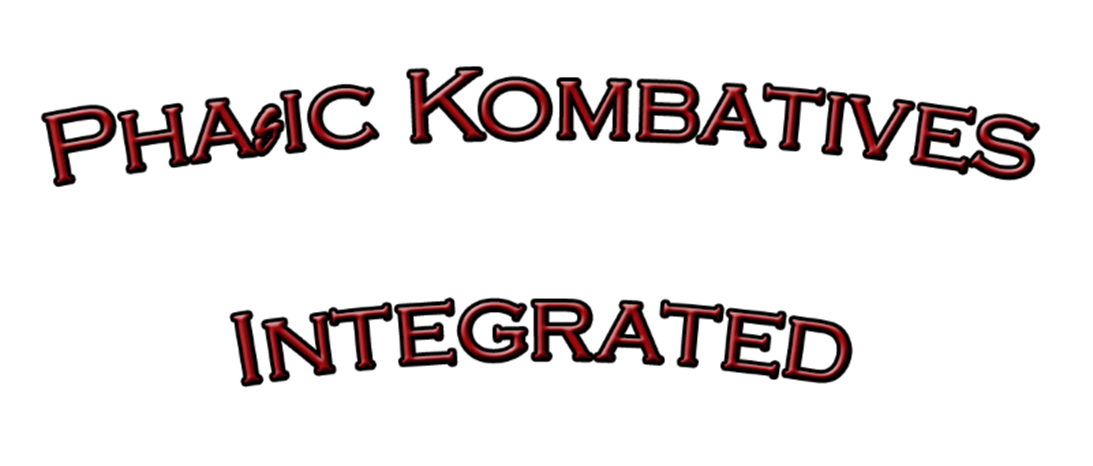
Patch Description and Explanation

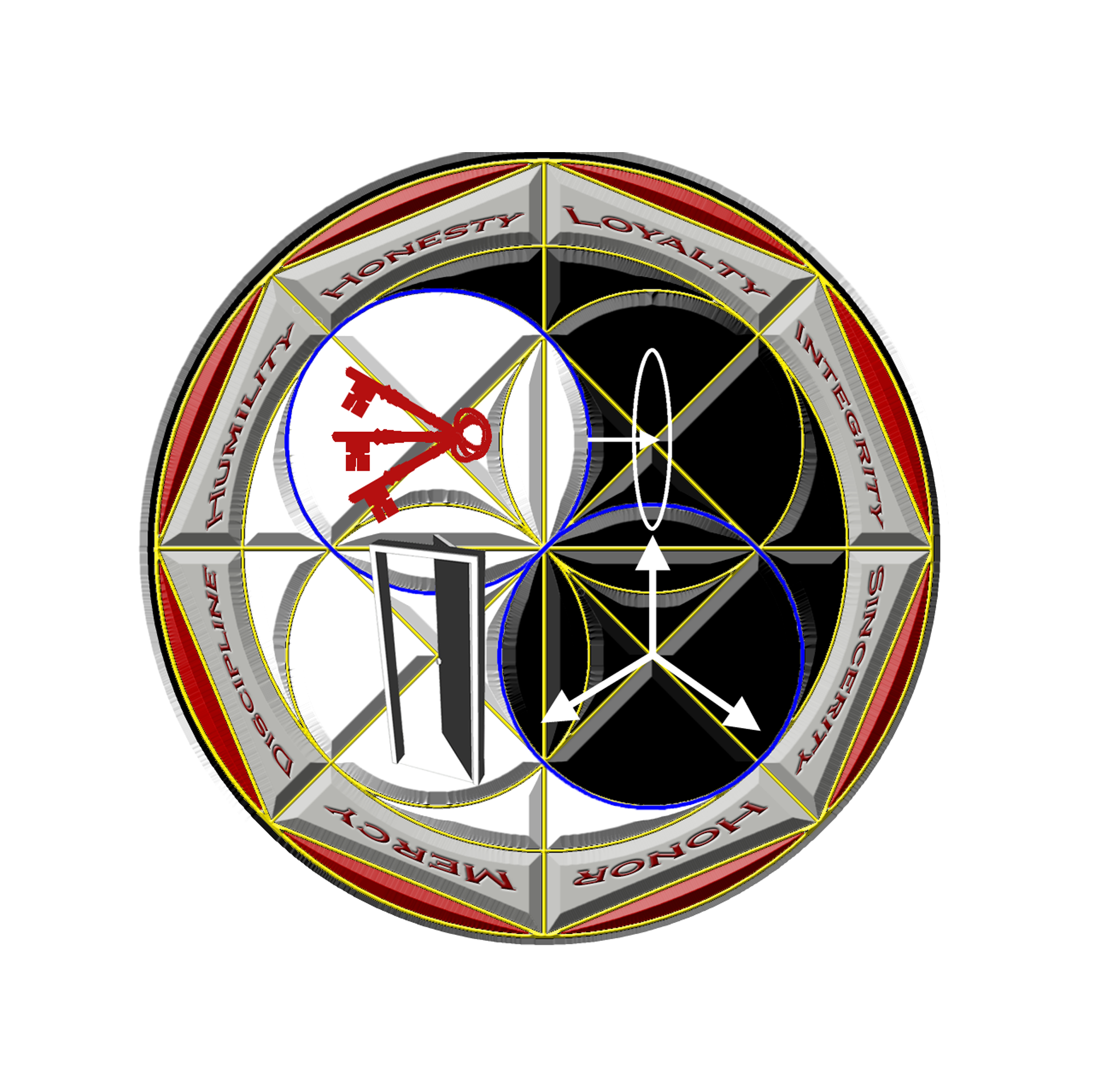
Phasic Kombatives Integrated
Patch Description
The elements of Virtue, there are eight elements written within the eight facets of the patch, Loyalty, Integrity, sincerity, honor, mercy, discipline, humility and honesty. These are things I consider to be important virtues, characteristics or traits. And found in the PKI Mantra and extended precepts.
Live life
Honestly and Sincerely,
with
Honor, Integrity, and Humility
through
Discipline, Loyalty, and Mercy

Three Keys (red)
The keys on the patch/logo are red to represent a higher level of thinking and consideration; The three keys; master keys, three to represent the three parts, (freestyle, forms and techniques) the three stages of learning, the three phases of kenpo, three classes of lever, three “master key Planes” etc…, and since a key is a tool used to unlock things it represents using tools of kenpo ( a Conatser term???)

The Circle with the Arrow
The Circle with the arrow; most simply means from within, or to look inside yourself, the same as the kanji I added to the T&D patch (now retired). But it also shows a point within the circle, that point represents any one persons knowledge compared to what there is to know as represented by the totality of the arts (inside the circle) much like the salutation. As taught in the Durgan method and studio.
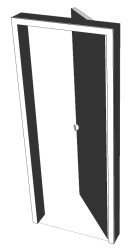
The Open Door
The Opened Door; the opened door is many things, but the most important is the Idea that the previous elements combined will open doors to greater possibilities and applications in the arts. It also represents what one should keep thru out their journey which is an open mind or openness to the idea of learning more about what they know, open to new things etc…
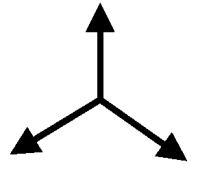
Three Connected Arrows
The three arrows tied together but overlapping; these are special they are what is possible when one acquires the other three elements or symbols. They represent many things, (mind, body, and spirit), (tech’s, freestyle, forms), empty hand combat, ground combatives, and weapons training. All of these things are not only important but tied together one with the other and all the same.
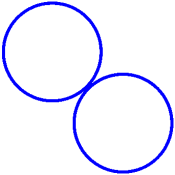
Blue Figure Eight
The Blue figure eight represents the “eternal” cycle of life and learning. This also represents many connective patterns we see in the arts both empty hand and weapons.
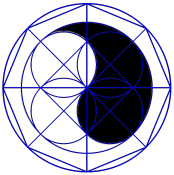
Yin Yang
The yin/yang in the background of the Universal pattern holds the same intent as traditionally explained. And additionally shows some of the hidden properties and qualities of the universal pattern.

Acronyms
(Recently added to the patch)
B.D.A./P.I.P.
Employ the 3 stages of an attack; preemptive (before), ideal point of action (during), point of no return (after) drills.
T.E.T.= Tactile Engagement Training
These drills are meant to enable the student to reach a great capacity for action and reaction to live action situations through synaptic fire operations and physical catalyst to instinctive or subconscious reactions under duress. Ultimately this results in a more functional gross motor skill training environment. They include SLM’s, SAD’s, CAM’s, CFD’s, CFM’s, BDA’s, PIP’s, and others.
S. = situational
L. = learning
M. = models
(Situational learning models) encompass a variety of different drills and exercises available to the student via the
teacher’s ability to create/formulate according to the students’ needs in understanding and application. MORE)
S. = Stop
A. = action
D. = drills
(Stop action drill) This drill uses the idea that at any point in any technique you can move in a different direction that may or may not be a different technique and go into another application of striking but should focus on how to get to the fastest control point i.e. lock, throw, take down, or choke and strangulation. This is ultimately the beginning to circular and continuous flow drills as it allows the student time to process the event prior to moving forward in their response and action.
C. = continuous
A. = attack
M. = model
(Continuous attack model) the practice and execution of technique sequences or basics combined with the concept of relative positioning to formulate and defend against continuous attacks or multiple strike attacks. This should be done with guidance in setup and application of techniques and attacks (combinations). This serves to combine the “what-if” and “formulation” phases into one single drilling model. (has also been incorporated into the technique attribute template)
C. = circular
F. = flow
M. = models
(Circular flow models) are made up of sequences of motion that are either simple combinations or pieces and parts extrapolated from self-defense techniques for the purpose of developing a better understanding of many things, timing, position, angle, and transitions are but a few. The key point or element that makes these circular and not continuous is the fact that they repeat sequence specific patterns.
C. = continuous
F. = flow
D. = drills
(Continuous flow drills) are basically a circular flow model on steroids (not restricted to the one assigned sequence or prearranged drill) and just shy of a round of checking hands. These drills allow the student to move in and out of any of the circular models they may have as a result of position, angle, and experience.
E.M.P.L. – Economy of Motion, Practicality, and Logic.
These are the three “master key” principles that I have used to formulate and create both the system of PKI and my own understanding of what is and what is not useful in any given situation.
T.A.P.S. as the acronym is only one side of the equation... for each of these elements the following two sides exist and are in fact dependent on each other.
T= timing/targeting; without timing the targeting is lost.
A= accuracy/aiming; these two elements go hand in hand but without proper timing are again lost.
P= power/position; power is dependent on position of anatomical structure and the weapon relative to the target.
S= speed/synchronization; the proper use of speed and timing will pull together all of the other elements into a synchronized and harmonious action.